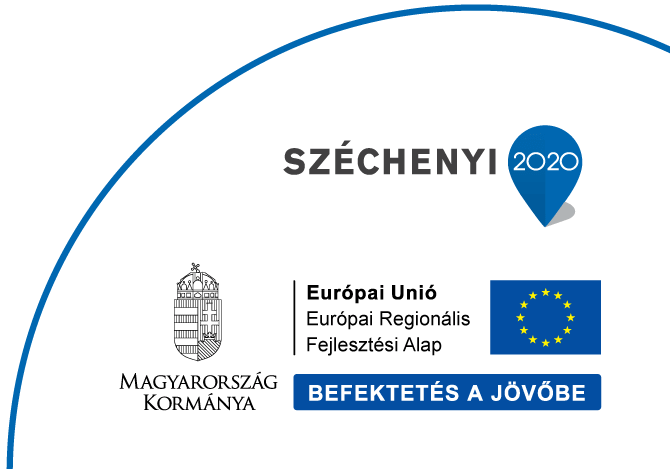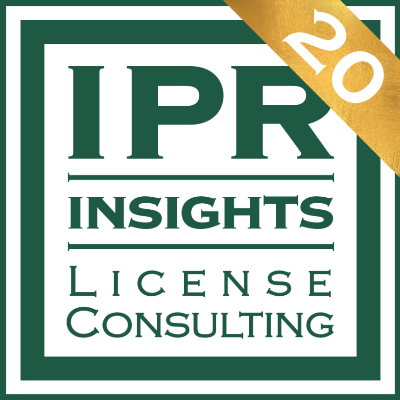Is it enough to focus on Software Asset Management at the start of a software compliance audit?
Since our foundation, our goal has been to put end users back in control of their enterprise Software Asset Management. The role of this field has grown enormously in the last two decades, and working with our customers, SAM has become a strategic area for most of them. Through our joint efforts, our customers are not only maturing their practices but they are also reducing compliance vulnerability and exposure to licensing traps and auditing practices that, in some cases, border on acquisitive.
Compliance audits by publishers present a bundle of difficult challenges that organizations need to face. Without integrated expertise and an understanding of the auditor’s playbook, administrators, license managers, and counsel may not effectively represent the company’s interests in the face of highly experienced auditors. It is rarely possible for them to judge how factual and substantiated the auditor’s claims are, and questionable findings can go unchallenged. Due to the asymmetry of the situation, it is not surprising that the publisher’s representatives tend to get the upper hand. We should not be lulled into the misconception that the representatives of the vendors always stay within the boundaries set by the agreement, whether it be because of faulty methodology or a systematic reinterpretation of the terms and conditions. In this situation, expertise and experience act as a force multiplier that shifts and helps to tilt back the playing field.
It is obvious that you can’t start preparing for an audit too early. Ideally, the audit notification should not be the starting point of getting things into shape but, in reality, an audit often is the trigger for a SAM engagement that then quickly expands in scope. The more time you have before an audit, the better you can shape and optimize the environment to best suit not only the licensing quirks of a given publisher but, more importantly, to achieve it while forcing the least amount of compromises onto the infrastructure and administrators. The occurrence of unintended usage not only correlates with the degree of SAM maturity in BAU but also has a causal relationship with it. Issues – on which software vendors can base valid audit findings – may not only be mitigated but even prevented. Another high-impact event for compliance is infrastructure overhauls.

These projects are complex enough even without licensing, but, due to the fact that compliance risks may be many times the cost of the infrastructure, leaving licensing optimization out is simply no longer an option.
Since each vendor’s licensing model is so different that each of these requires a different infrastructure design or a single-publisher environment, accommodating licensing requirements can be a frustrating exercise that upsets initial cost and ROI estimates. This is the reason it has been left out of strategic considerations only to come back in the form of gutting audit penalties. Our leading customers will not let themselves be caught out like that, because we make sure that architects and administrators are equipped to integrate licensing already into the planning phase, saving millions in EUR in up-front software costs and throughout the lifecycle of these projects. These environments also perform as expected in audits: there are far fewer question marks and audit findings, and exposure tends to be very low to none.
In 2022, 9 of our customers received compliance audits by publishers on the domestic market. In these audits, with our support, 54 830 k EUR worth of audit findings were retracted by publishers. In addition, we took part in 8 projects where customization and licensing optimization of plans and execution was realized, we avoided approximately 11 130 k EUR in unnecessary expenses.






































